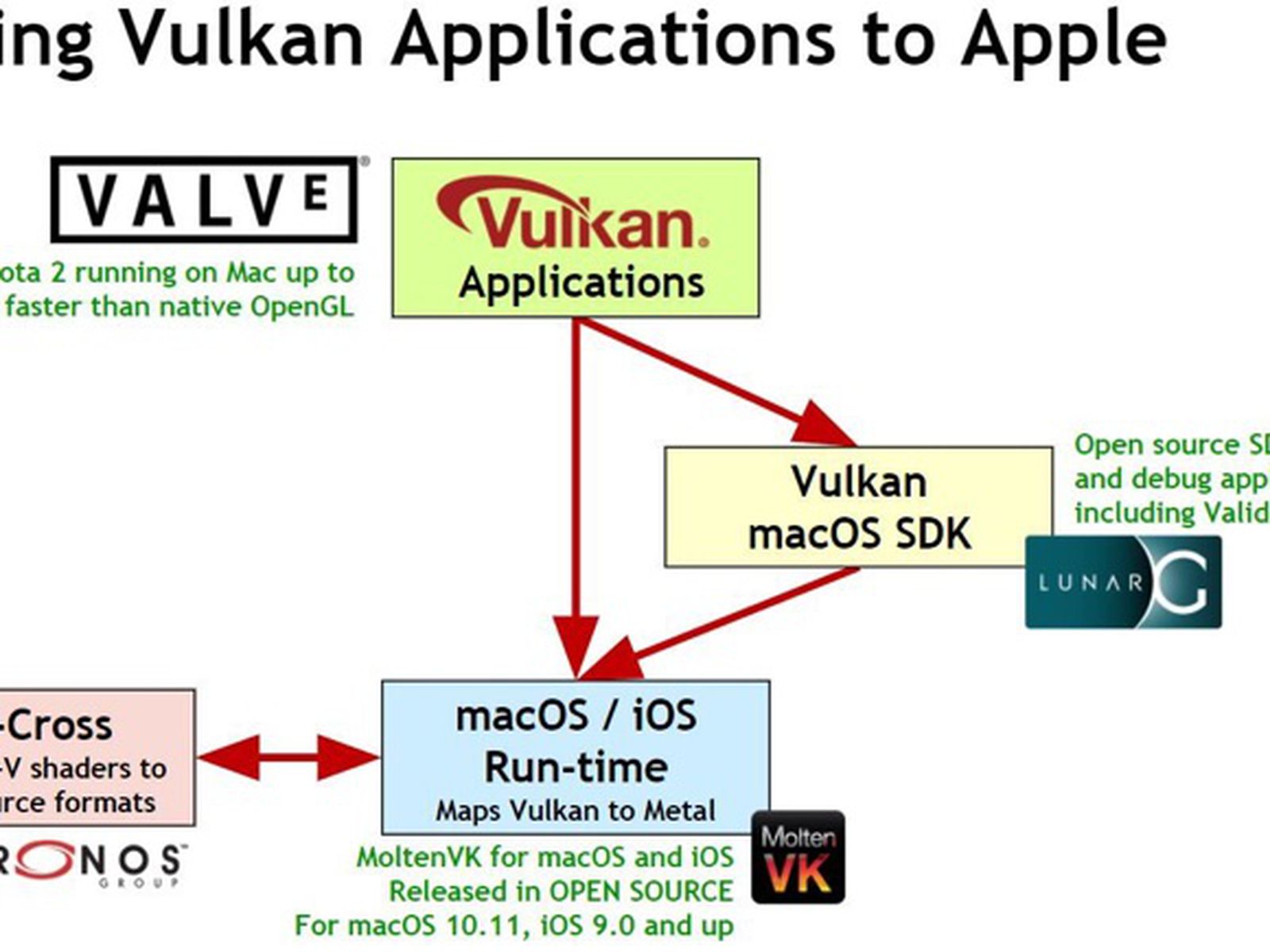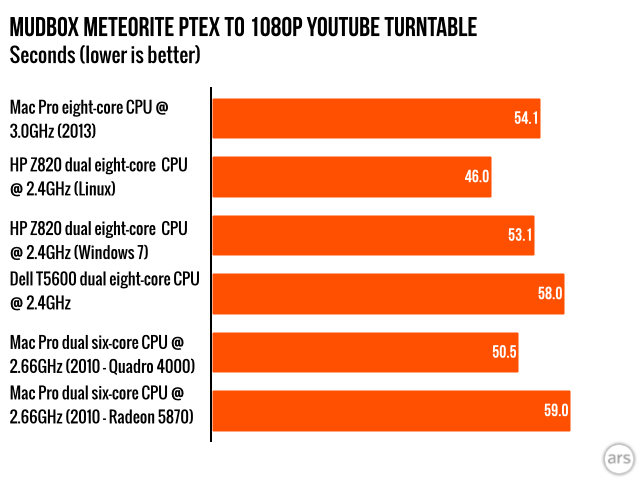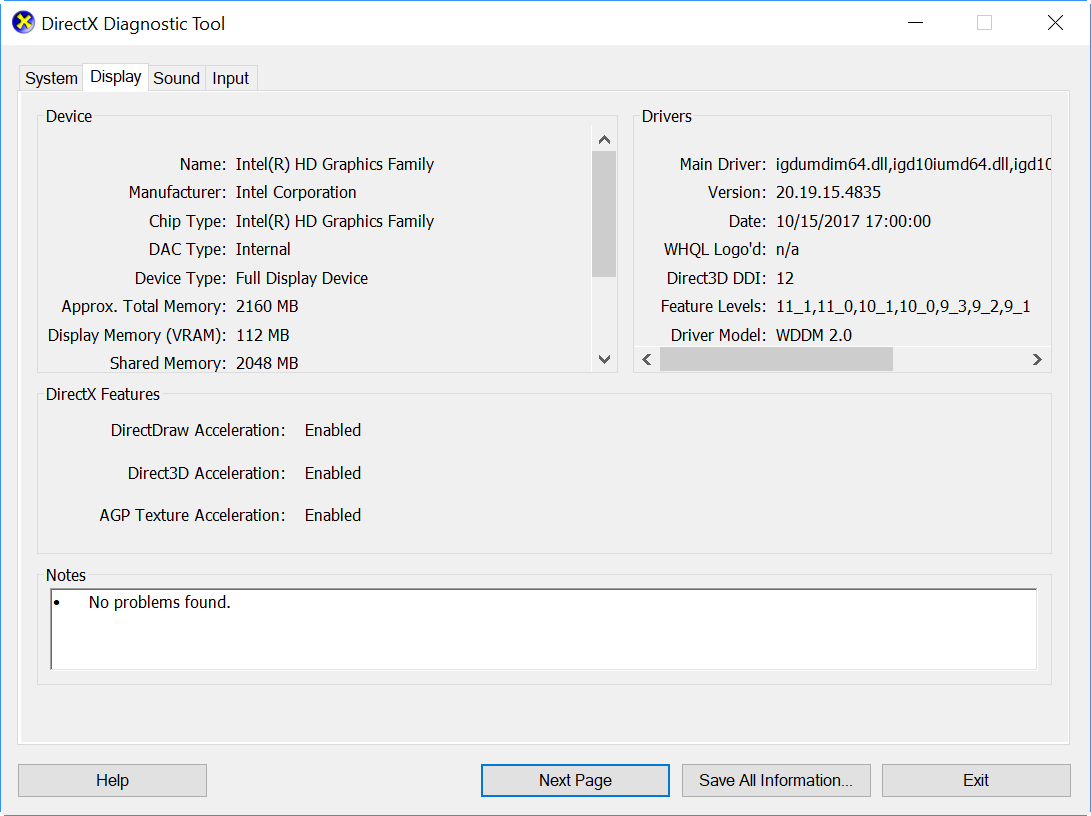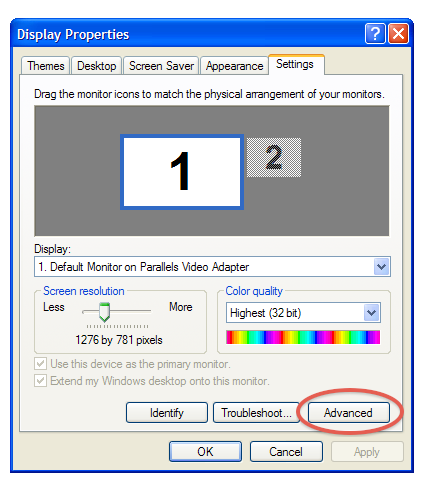In order to run Mac OS X Applications that leverage the CUDA architecture of certain NVIDIA graphics cards, users will need to download and install the 7.5.20 driver for Mac located here. New in Release 346.03.02f01: Graphics driver updated for Mac OS X El Capitan 10.11 (15A284). Opengl driver free download - Descent OpenGL, Apple OpenGL, Descent II OpenGL, and many more programs. Driver update windows 10. Get USB WebCam drivers for Mac OS X. Free to try User rating.
Contents:
Sometimes, you will suddenly run into OpenGL error when playing games, for instance, can’t find the name of Intel ICD OpenGL driver. Or for the better gaming experience, there is much need to make sure the Intel, AMD, and NVIDIA OpenGL driver are updated.
But for many of you, what this OpenGL means and how to update the OpenGL on Windows and Mac.
What is OpenGL? What is OpenGL Driver?
Mojave will require at least a Late 2012 iMac or Mac mini, or a Mid 2012 MacBook Air or MacBook Pro. It also of course runs on any new 2017 iMac Pro or new Retina MacBooks (released in 2015),. Identify your products and get driver and software updates for your Intel hardware. Description Type OS Version Date; Intel® Graphics - Windows® 10 DCH Drivers. This download installs the Intel® Graphics Driver for 6th, 7th, 8th, 9th, 10th, & 11th generation, Apollo Lake, Gemini Lake, Amber Lake, Whiskey Lake, Comet Lake,. Installs the Intel® HD Graphics Driver 64-bit version 14.51. Driver: Windows XP Professional x64 Edition. 14.51. Latest: 2/13/2013: Intel® HD Graphics Driver for Windows 7. & Windows Vista. (exe) This download installs version 15. Of the Intel® HD Graphics driver for Windows. 7 and Windows Vista.
OpenGL, short for Open Graphics Library, is the standard 3D Graphics API and is often required in some games or software. It will provide these programs with graphics and images. It is worth noting that OpenGL aims to communicate with the GPU (Graphics Processing Unit) so as to improve the performance of the hardware.
On another hand, the OpenGL driver ensuring OpenGL is installed with the graphics card driver, like Intel, AMD, and NVIDIA HD graphics drivers.
How to Download and Update OpenGL Drivers?
It is said that if not updating the OpenGL drivers, your PC will automatically set the OpenGL to its default version, namely, OpenGL 1.1. In this way, there is a high probability that you can’t enjoy the maximized gaming experience.
While in order to get the OpenGL drivers updated, you need only update the display driver as OpenGL driver will come along with the driver you download. For instance, if you are using Intel HD graphics card, try to update the Intel driver so as to get the latest OpenGL driver installed.
Methods:

Solution 1: Update the OpenGL Driver Automatically
More often than not, users find it difficult to locate the right OpenGL drivers even on OpenGL official site. If it is the case, why not try an automatic tool to download the recent driver for OpenGL? Here Driver Booster can be the top one driver updater available for you.
Whatever display card on your PC, Driver Booster is able to detect the outdated or corrupted graphics driver for you.
1. Download, install and run Driver Booster.
2. Hit the Scan button. Immediately Driver Booster will search for all the missing, outdated and even faulty drivers for you.
3. Pinpoint Display adapters and then Update the graphics driver.
Driver Booster will automatically install the display driver on your PC, like Intel ICD OpenGL driver. In doing so, you will notice the OpenGL driver has been updated as well. Start and enjoy your game, such as Minecraft.
Method 2: Update OpenGL Driver Manually
Due to the fact that OpenGL driver is embedded with the Intel graphics card, the time you feel like finding the driver on your own, you just need to get the latest graphics driver.
Here for different display card, be it AMD, Intel, and NVIDIA card, you are supposed to their individual official site.

Here take the example of updating Intel ICD OpenGL driver as an example. Of course, it is accessible to download AMD OpenGL or NVIDIA OpenGL driver on AMD or NVIDIA site.
1. Navigate to Intel official site.

2. On Intel site, click Graphics driver.
3. Choose your Intel model and then Filter by Drivers, Windows 10 64 bit. You need to enter your Windows type, like Windows 10 32-bit, Windows 8, 7, etc.
4. Follow the on-screen instructions to finish installing the Intel HD graphics driver.
On the basis of that, you will have also updated Intel ICD OpenGL driver for Windows 10. In this case, you may as well open your game to check whether OpenGL driver error will pop up again.
Method 3: Update OpenGL Driver in Device Manager
Otherwise, it makes sense to get the OpenGL driver from the graphics driver within Windows 10. That is to say, you can attempt to let Windows device manager find the driver you need.
1. Open Device Manager.
2. Expand Display adapters and then right click the graphics driver to Update driver. Here your display card may be AMD, Intel, or NVIDIA or any other ones with different brands.
3. Try to Search automatically for the updated driver software.

If possible, the Device Manager will locate the latest graphics driver for you. You can install it on Windows 10 in the hope that the OpenGL driver can be updated. In a large sense, can’t find the name of Intel ICD OpenGL driver or any other OpenGL driver issue in games will disappear.
In a word, if you are to download the recent OpenGL driver, you are to install the most updated graphics driver for Windows 10, 8, 7.
When you install Microsoft Windows on your Mac, Boot Camp Assistant automatically opens the Boot Camp installer, which installs the latest Windows support software (drivers). If that doesn't happen, or you experience any of the following issues while using Windows on your Mac, follow the steps in this article.
- Your Apple mouse, trackpad, or keyboard isn't working in Windows.
Force Touch isn't designed to work in Windows. - You don't hear audio from the built-in speakers of your Mac in Windows.
- The built-in microphone or camera of your Mac isn't recognized in Windows.
- One or more screen resolutions are unavailable for your display in Windows.
- You can't adjust the brightness of your built-in display in Windows.
- You have issues with Bluetooth or Wi-Fi in Windows.
- You get an alert that Apple Software Update has stopped working.
- You get a message that your PC has a driver or service that isn't ready for this version of Windows.
- Your Mac starts up to a black or blue screen after you install Windows.
If your Mac has an AMD video card and is having graphics issues in Windows, you might need to update your AMD graphics drivers instead.
Install the latest macOS updates
Before proceeding, install the latest macOS updates, which can include updates to Boot Camp.
Format a USB flash drive
To install the latest Windows support software, you need a 16GB or larger USB flash drive formatted as MS-DOS (FAT).
- Start your Mac from macOS.
- Plug the USB flash drive into your Mac.
- Open Disk Utility, which is in the Utilities folder of your Applications folder.
- Choose View > Show All Devices from the menu bar.
- From the sidebar in Disk Utility, select your USB flash drive. (Select the drive name, not the volume name beneath it.)
- Click the Erase button or tab.
- Choose MS-DOS (FAT) as the format and Master Boot Record as the scheme.
- Click Erase to format the drive. When done, quit Disk Utility.
Download the Windows support software
After preparing your USB flash drive, complete these steps:
- Make sure that your Mac is connected to the Internet.
- Open Boot Camp Assistant, which is in the Utilities folder of your Applications folder.
- From the menu bar at the top of your screen, choose Action > Download Windows Support Software, then choose your USB flash drive as the save destination. When the download completes, quit Boot Camp Assistant.
Learn what to do if you can't download or save the Windows support software.
Install the Windows support software
After downloading the Windows support software to your flash drive, follow these steps to install the software. (If you're attempting to resolve issues with a Bluetooth mouse or keyboard, it might be easier to use a USB mouse or keyboard until these steps are complete.)
- Make sure that the USB flash drive is plugged into your Mac.
- Start up your Mac in Windows.
- From File Explorer, open the USB flash drive, then open Setup or setup.exe, which is in the WindowsSupport folder or BootCamp folder. When you're asked to allow Boot Camp to make changes to your device, click Yes.
- Click Repair to begin installation. If you get an alert that the software hasn't passed Windows Logo testing, click Continue Anyway.
- After installation completes, click Finish, then click Yes when you're asked to restart your Mac.
Learn more
Opengl For Mac Os
If you can't download or save the Windows support software:
Opengl For Mac
- If the assistant says that the Windows support software could not be saved to the selected drive, or that the USB flash drive can't be used, make sure that your USB flash drive has a storage capacity of at least 16GB and is formatted correctly.
- If the assistant doesn't see your USB flash drive, click Go Back and make sure that the drive is connected directly to the USB port on your Mac—not to a display, hub, or keyboard. Disconnect and reconnect the drive, then click Continue.
- If the assistant says that it can't download the software because of a network problem, make sure that your Mac is connected to the Internet.
- Make sure that your Mac meets the system requirements to install Windows using Boot Camp.
Opengl Driver Updated For Mac Download
If a Mac feature still doesn't work after updating the Windows support software, search for your symptom on the Apple support website or Microsoft support website. Some features of your Mac aren't designed to work in Windows.
